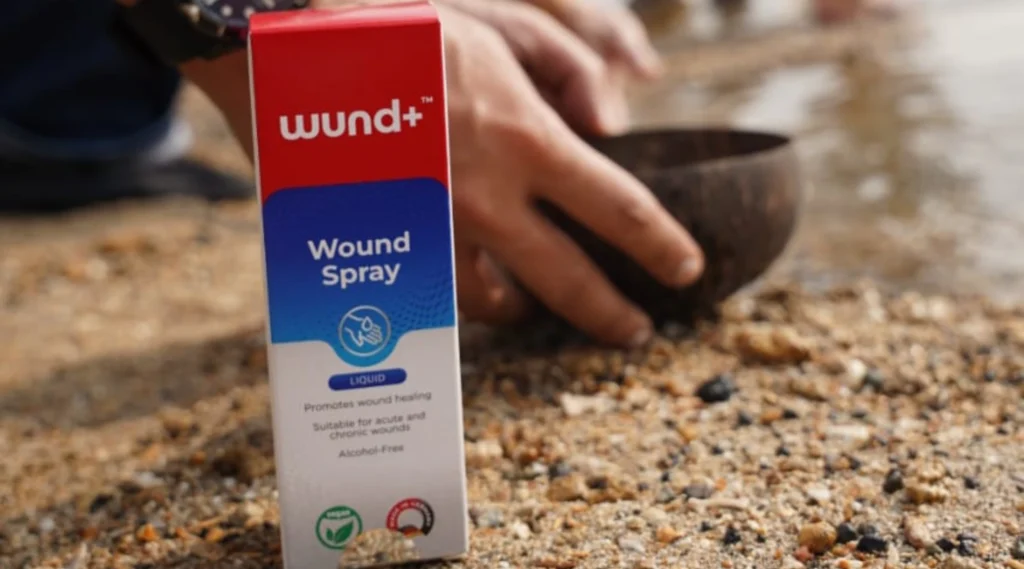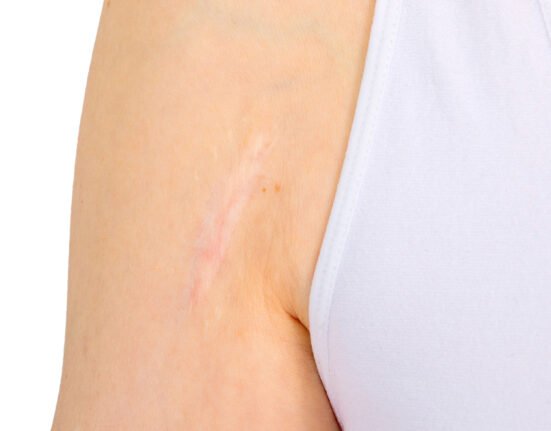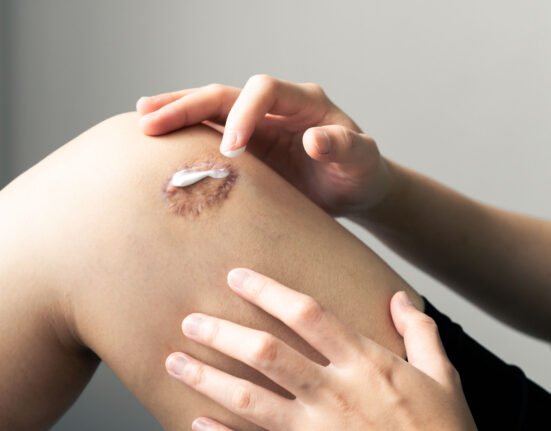Treating a wound is already challenging, especially when it’s located in a hard-to-reach area such as the back, behind the legs, or in body folds.
Wounds in these locations are harder to see, clean, and dress. Yet, if left untreated or improperly cared for, they can easily become infected, which can delay the healing process.
Some commonly difficult areas for wound care include:
- the back or buttocks
- the back of the thighs and calves
- skin folds such as the armpits or groin
- between the fingers or toes
Wounds in these locations are more likely to be overlooked and difficult to clean properly. This can lead to a buildup of dirt and bacteria, causing the area to remain moist and increasing the risk of infection.
Tips for Caring for Wounds in Hard-to-Reach Areas
1. Use a mirror or ask someone for help to check the wound daily.
2. Clean the wound using an antiseptic or saline solution to remove debris and prevent infection.
3. Apply antiseptic spray, such as wund+™ Wound Spray, which makes it easier to treat hard-to-reach areas.
4. Gently dry the area around the wound before applying any dressing.
5. Use appropriate dressings, like elastic bandages that can adapt to the body’s contours.
6. Maintain a controlled, moist environment—not too dry and not too wet. This helps support optimal skin cell regeneration.
Products That Help Treat Wounds in Difficult Areas

Wound care becomes more manageable with the help of the right products:
- wund+™ Wound Spray, an antiseptic solution containing hypochlorous acid (HOCl), is safe for skin tissue and easy to spray on any part of the body.
- Hydrogel dressings or transparent film dressings which are flexible and help maintain moisture while protecting the wound from contaminants.
When to See a Doctor
Seek medical attention if:
- The wound becomes increasingly painful, swollen, or starts oozing pus.
- You have trouble cleaning the wound despite your efforts.
- The wound doesn’t show signs of healing after 10–14 days of care.
Caring for wounds in hard-to-reach areas does require extra attention, but using practical solutions like wund+™ Wound Spray can make the process much easier.
With proper care, wounds can heal more quickly, and complications can be prevented.
References
NHS. Accessed in 2025. Cut and Grazes
Wiley. Accessed in 2025. Pressure Ulcers in Four Hospitals














Leave feedback about this